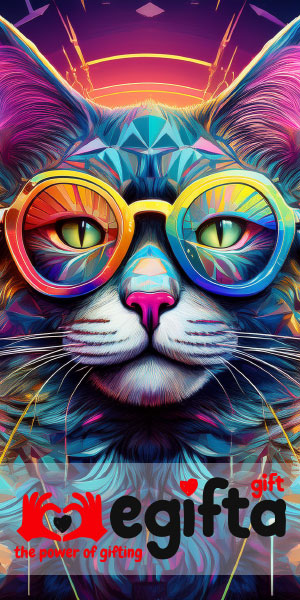In Search of Design: Evolution of Design from Past to Present and Current Trends
Design has shaped and changed since the existence of humanity. From the drawings made by early humans on cave walls to the complex graphic designs of today’s digital world, the evolution of design offers a fascinating journey. In this article, we will explore the history of design and current design styles today.
Historical Origins of Design
The concept of design has evolved in parallel with the cultural and technological development of humanity. In early periods, people developed simple and functional designs to meet their needs. Hunting scenes on cave walls and the tools used by hunters are examples of early design.
In ancient times, with the development of civilizations, more complex and aesthetically rich designs emerged in fields such as architecture, furniture and decorative arts. Artworks and architectural structures from the Ancient Egyptian, Greek and Roman periods reflect the design approach of that period.
During the Middle Ages, gothic architecture and decorative arts in Europe and Islamic art and design in the Middle East experienced significant developments. During the Renaissance, there was a great rebirth in the field of art and design, and in-depth studies were carried out on subjects such as perspective and human anatomy.
Industrial Revolution and the Birth of Modern Design
The Industrial Revolution caused radical changes in the world of design. With the development of industrial production techniques, functionality and practicality came to the fore in the design of mass-produced products. Movements such as the Bauhaus school adopted minimalist and functional design principles and laid the foundations of modern design.
In the middle of the century, with the postmodernism movement, innovative and extraordinary approaches were adopted in the field of design. Fun and ironic designs attracted attention by modernizing elements of the past. With the rapid advancement of technology, digital design has also gained importance and computer-aided design (CAD) and graphic design programs have become widespread.
Current Design Styles Today
Today, the design world is changing rapidly and various styles and trends coexist. Here are some current design styles that stand out today:
Minimalism: It is characterized by its understanding of conciseness and simple and clean lines.
Retro and Nostalgic Design: Inspired by past eras, it modernizes vintage and old fashion elements.
Flat Design: Creates user-friendly designs on digital platforms using flat colors, clear lines and simple icons.
Material Design: It is a modern design language developed by Google, inspired by the physical world and attracting attention with its animations.
Eclectic Design: Inspired by different styles and cultural elements, it offers a mixed and personal design aesthetic.
Responsive Design: It is a design approach that adapts to mobile devices and different screen sizes and prioritizes user experience.
Future of Design
In the future, the world of design will continue to become more technological and sustainable. The integration of technologies such as artificial intelligence-supported design, augmented reality (AR) and virtual reality (VR) will reshape design processes. Additionally, efforts to reduce the environmental impact of sustainable materials and design are expected to increase.
Conclusion
Design has evolved throughout human history and today it appears as a constantly changing field. In this article, we examined the history of design and current design styles. Understanding how design is shaped culturally, technologically and aesthetically is also an important step in discovering future design trends.
This article aims to provide readers with an inspiring and informative look at the historical and modern evolution of design in detail. All content and visuals in Egifta Gift were created by egifta using Generative AI technologies.



